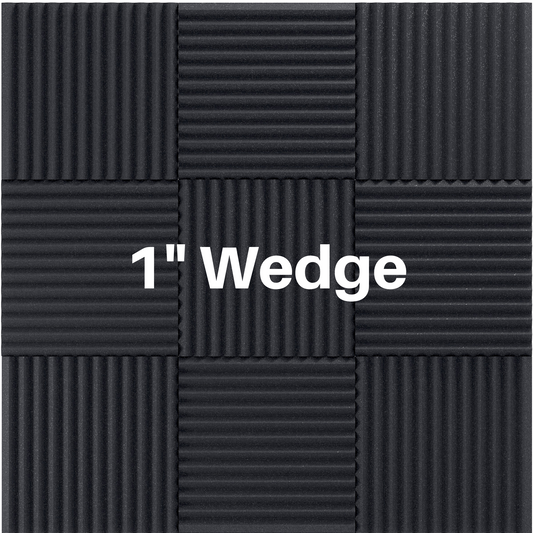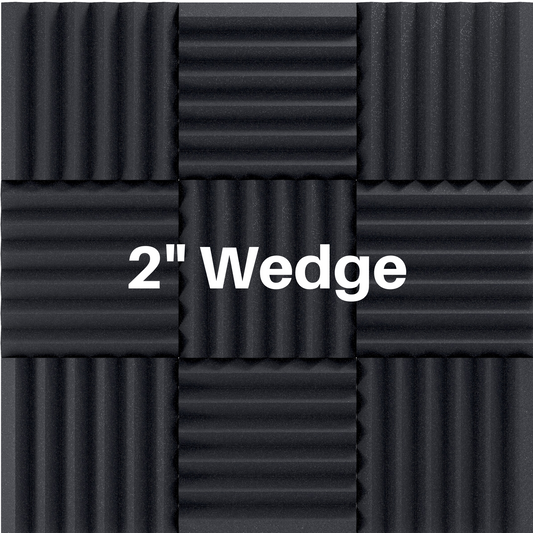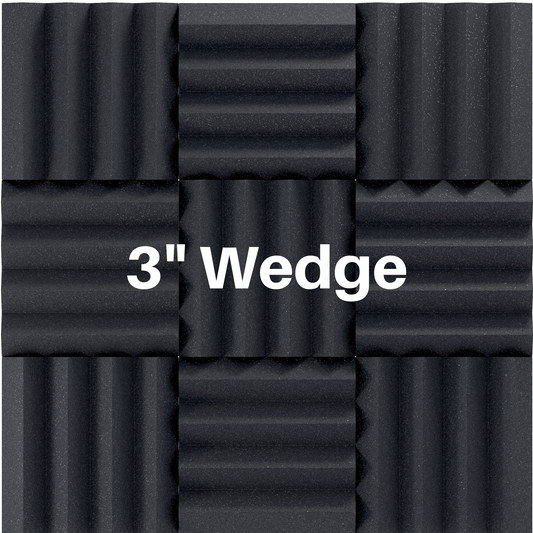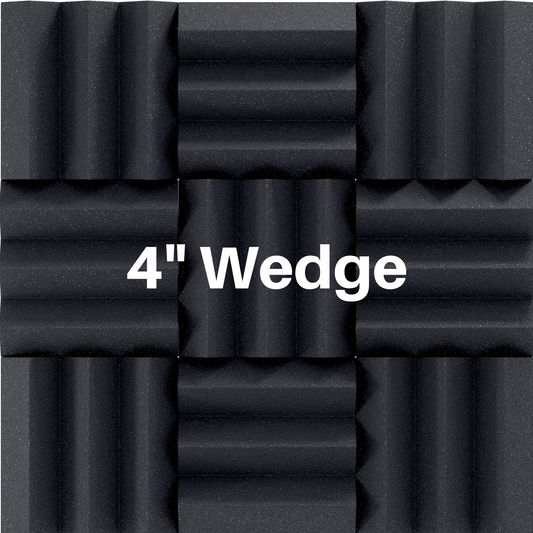Calculate Quadratic Residue Acoustic Diffuser
Share
Want to take the easy route? Check out our QRD Diffuser Well Depth Calculator
What is a quadratic residue diffuser?
The Quadratic Residue Diffuser (QRD) was developed by an OG scientist, Manfred Schroeder. He made significant contributions to the science of sound, particularly in how it behaves in rooms like auditoriums and studios. Schroeder created the QRD as a way to deal with common sound issues such as echoes and uneven acoustics.
A QRD is a type of sound panel that scatters sound waves to create a more balanced and natural listening experience. Unlike materials that absorb sound, a QRD helps spread sound evenly around a room.
QRDs are made up of a series of vertical grooves or wells, each with a specific depth. These variations in well depth essentially cause phase shifts, or time shifts, to occur when sound hits the surface.
The depths of these wells are calculated using a mathematical formula. This ensures the sound waves reflect uniformly in all directions.
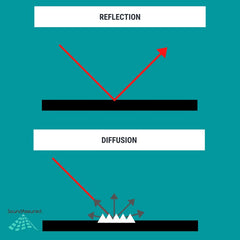
How is it calculated?
Step 1 - Pick the lowest frequency to be diffused.
Start by determining the range of frequencies you want your diffuser to target. The maximum well depth is based on the longest wavelength you plan to scatter effectively.
The depth of each well is calculated using a formula that includes the speed of sound (c) and the target frequency (f):


Step 2 - Calculate the well depth proportions.
Well Depth Proportion Factor = n² modulo p
- n = integer ≥ 0, that represents the position of each well (like the first well, the second well, and so on)
- p = a prime number, which defines the number of wells in your diffuser. Prime numbers are numbers that can only be divided evenly by 1 and themselves, like 7, 11, or 13.
- “modulo” is a math operation that gives you the remainder when one number is divided by another. For example, 10 \mod 7 = 3 , because 10 divided by 7 equals 1 with a remainder of 3.
Decide how many wells your diffuser will have. This number should be a prime number. Let’s use p = 7 as an example, meaning we’ll calculate depths for 7 wells.
For each well, start with n = 0 and go up by 1 until n = p - 1 . In this case, we’ll calculate for n = 0 through n = 6 .
Now, let's apply the formula.

Step 3 - Calculate the actual well depths using the max depth and proportions.
The maximum well depth corresponds to the highest proportion in the sequence. This means that the proportion with the largest value (in this case, 4) will be scaled to the maximum depth, and the others will be calculated as fractions of that maximum depth.

Now that we know all of the actual well depths, we can map out the sequence.

These depths ensure that sound waves hitting the diffuser are scattered in multiple directions. The varying depths cause sound to reflect at different times and angles, reducing echoes and creating a more even sound field in the room.
Step 4 - Calculate the well width.
To calculate the well width for a Quadratic Residue Diffuser (QRD), we use the guideline that the well width is approximately half the wavelength of the shortest wavelength (highest frequency) the diffuser is designed to scatter.

REMEMBER: The width of the wells sets the high-frequency limit, while the depth of the diffuser determines the low-frequency limit. Additionally, diffusers can often remain effective up to 1.5 times their designed cutoff frequency.
The below diagram maps out the width and depth of each well that we calculated.

1D vs 2D Acoustic Diffuser
The QRD well diffuser we’ve been discussing is a 1D diffuser, meaning it scatters sound in only one direction—horizontally or vertically—depending on its orientation.
A 2D diffuser scatters sound in both horizontal and vertical directions. It achieves this by using a grid-like arrangement of wells with varying depths.
Where to place diffusers in your room?
Why Distance Matters?
If the diffuser is too close to the listener, the sound waves won’t have enough space to interact with the wells properly, and the scattering effect will be reduced.
If the diffuser is placed too far, especially in smaller rooms, the reflections might not reach the listening position with enough intensity to make a difference.
What is the best distance from the listening position?
The ideal distance from the listening position depends on the target frequency of the diffuser.
QRDs need a certain distance for sound waves to fully interact with the wells and scatter effectively. This is typically at least 3 times the wavelength of the lowest frequency the diffuser is designed for.
Let's calculate this for our 1000Hz example.

Wall Placement
Rear Wall: Typically, QRDs are most effective on the rear wall of a room, directly behind the listening position. This placement helps scatter reflections that travel back toward the listener.
Side Walls: In some cases, QRDs can also be placed on side walls to address flutter echoes and improve lateral sound diffusion.
Height
The diffuser should be centered at the ear level of the listener when seated (approximately 3.5–4 feet from the floor in most cases).
In larger spaces, the diffuser can span a larger vertical area to address reflections at various heights.
Helpful info about QRD diffusers.
If you’re looking for a great resource to dive deeper into acoustics, The Master Handbook of Acoustics by F. Alton Everest and Ken C. Pohlmann is an excellent choice.
Below is an image from the book showing the Quadratic Residue Sequences for prime numbers like 5, 7, 11, 13, 17, 19, and 23. These sequences are essential for designing Quadratic Residue Diffusers (QRDs) and can guide you in creating effective acoustic solutions.


